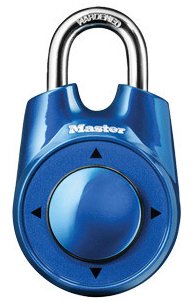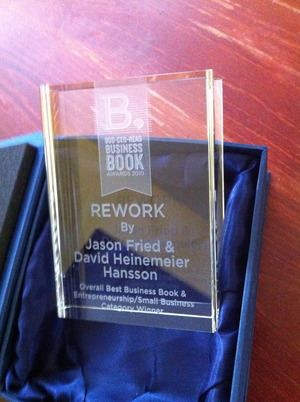37signals and Meetup go way back. Meetup was one of our first design clients back in the day. And founder Scott Heiferman was even a guest poster for a month here at SvN back in ‘03. We’ve watched closely as Meetup has grown and evolved since then, especially during the tumultuous period after it began charging customers. It’s been almost six years since that fateful decision so we decided to sit down with Scott and talk about it.
In April of 2005, Meetup went from free to pay and started charging organizers of meetings. Many customers were outraged:
Congratulations, you’ve officially joined the “Asshole Club” along with the likes of BELL CANADA, EXON, KFC, McDONALDS, and all the other mega-corp. conglomerates who don’t give a shit about anyone or anything but lining their own pockets with money.
Others predicted the company’s demise:
I think it’s fair to say most organisers were shocked, and most of the ones I’ve spoken to will simply cease organising for their groups…There isn’t anything Meetup is doing these days that users can’t simply do on their own and more effectively, and there’s plenty of open source software to make use of and create your own website.”
Meetup wasn’t expecting the harsh response. “We were really naive,” says Scott Heiferman, founder of the site. “We figured that if people didn’t like it, they would just say, ‘OK, I’m not going to do this.’ As opposed to really taking it personally. Because this wasn’t like we were taking away their medicine. But people were so upset and we got such anger and such vitriol. The backlash was very bad. And we were surprised by that.”
According to Heiferman (seen at right in a photo by Tim Wagner), the site lost around 95% of its activity. “Now imagine you’re the hot startup – people forget we were the hot thing that was on 60 Minutes – and all of a sudden, in a flash, you see 95% of your activity go away. I mean, that’s the backlash in its most visceral form. It was like, ‘Oh, man what did you do? What do we do?’ We never really wavered seriously, but it’s a punch in the gut. It’s saying, ‘We were touching this many lives and now we’re touching not many lives, and oh, everyone hates us.’
“Now, did we think it was going to be less? No, not really. We knew. We said, ‘OK. If we get 10% or 5% to continue and pay that would be great.’ Because we were in this to make something great for people.” And Heiferman knew to do that, something had to change.
Little goes according to plan
Back in 2002, the original revenue model for Meetup was to charge venues $1 for each person brought in to a café, bar, pizza joint, bowling alley, etc. for a Meetup. “For a number of reasons it failed,” says Heiferman. “It was too early. It was hard. There was a discrepancy between the number of people who said they were going to come and who actually showed up. And too many people were going to their Meetup [at a coffee shop] and not buying coffee.”
Little was going according to plan. Heiferman explains, “Most of what we thought Meetup was going to be used for, people didn’t use it that way. And what they did use it for were things we didn’t imagine when we were building it. It never crossed our minds that this would be a political mobilizing tool.” Yet that’s where Meetup was quickly gaining the most attention. Politicians like Howard Dean embraced the tool and so did a then-unknown Illinois State Senator named Barack Obama.
At the same time, Meetup began pursuing additional revenue streams. It charged political organizations. It added AdSense. It experimented with Meetup Plus, a premium offering.
None made much of a difference though. When asked what made Meetup Plus special, Heiferman answers, “God, I don’t even remember what it got you. It got you some kind of features where you would be able to…I don’t know. I can’t remember.” Heiferman laughs and continues, “That was the problem. That’s a problem with a lot of freemium things. We refused to handicap the core, free product. So it wasn’t compelling.”
Continued…

 Fast Company has a list of
Fast Company has a list of 
 Obviously it’s a poor fit for most folks, but it carves out a nice little niche for people who just want a phone that gets out of the way. Plus, it seems great for toddlers in a “My First Phone” kinda way.
Obviously it’s a poor fit for most folks, but it carves out a nice little niche for people who just want a phone that gets out of the way. Plus, it seems great for toddlers in a “My First Phone” kinda way. 

